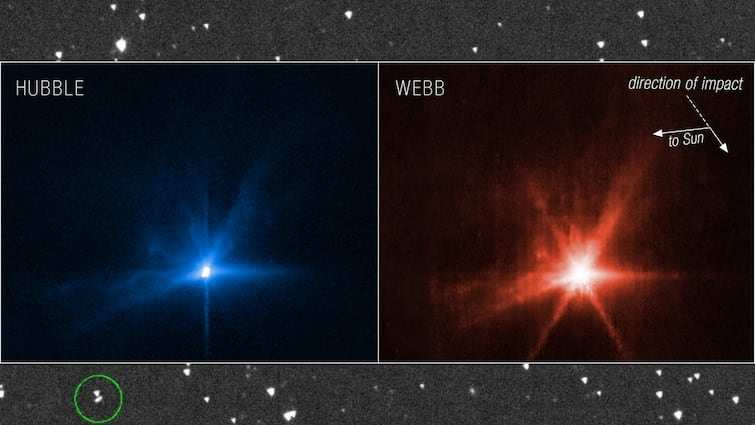Table of Contents
ToggleNASA Lowers Impact Risk of Asteroid 2024 YR4
NASA has recently revised the estimated risk of asteroid 2024 YR4 colliding with Earth in December 2032. Previously predicted at a probability of 1.5%, this figure has now significantly dropped to only 0.28%. This is a far more reassuring statistic compared to initial alarming warnings which suggested a 1-in-32 chance of impact.
What Changed?
NASA updated the public on February 20, revealing that new data collected during the night led to this revised probability. The agency is actively monitoring asteroid 2024 YR4, reassuring that the situation is being closely observed.
Understanding Asteroid 2024 YR4
Asteroid 2024 YR4 is estimated to have a size between 130 to 300 feet in diameter (approximately 40 to 90 meters). NASA initially noted that this asteroid was potentially set to make a close approach to Earth on December 22, 2032. Given the size, it has earned the nickname "The City Destroyer," hinting at potential impacts if it were to hit a populated area.
When Will the Risk Drop to Zero?
The chance of asteroid 2024 YR4 impacting Earth on the predicted date is currently very low and scientists expect this probability to decrease even further as they gather more data.
By April 2025, the asteroid will be far enough away that visibility will become challenging for Earth-based telescopes, making future assessments impossible until 2028. When it swings back closer to Earth then, astronomers will be able to gather more insights about its trajectory.
Potential Damage from Asteroid Impact
The damage caused by an asteroid impact greatly depends on its size and what it strikes. While it’s difficult to predict the exact size of 2024 YR4, several scenarios help illustrate what could happen in different circumstances.
Various Impact Scenarios
Ocean Impact:
If 2024 YR4 enters the atmosphere over the ocean, the models suggest a potential airburst. This means it might explode in the atmosphere without significant damage to the ocean or coasts, producing minimal tsunami risk.Populated Area Impact:
If the asteroid enters over a populated region, a smaller airburst (around 130-200 feet or 40-60 meters) could break windows and cause minor structural damage within city limits.Larger Asteroid Size:
If it turns out to range closer to 300 feet (90 meters), the damage could be extensive, leading to the collapse of structures and widespread window damage.- Worse Case Scenario:
An asteroid one kilometer wide could have catastrophic consequences, potentially leading to the extinction of human civilization, as discussed in scientific hearings on asteroid threats.
Are We in Danger?
The risk of asteroid impacts is a serious topic, but most significant asteroids have already been identified by NASA. Approximately 95% of potential threats have been cataloged, allowing for ongoing monitoring and protective measures.
Former NASA Chief Scientist, Dr. James Green, highlighted that while the inventory is good, there are still possibly many asteroids yet to be discovered that could threaten Earth. The global community of space scientists is actively involved in tracking these space objects.
Deflecting Asteroid 2024 YR4
One question that arises is whether we could prevent an impact if necessary. NASA’s mission, the Double Asteroid Redirection Test (DART), showcased a technique called kinetic impactor. This method aims to change an asteroid’s trajectory by impacting it with a spacecraft.
However, as NASA has pointed out, the current focus is on gathering data regarding 2024 YR4. The risk of impact remains very low, and it’s too early to consider deflection techniques at this stage.
Conclusion
While the threat from asteroid 2024 YR4 has been significantly reduced, NASA continues to track it closely. These continual observations and advancements in our understanding of asteroid behavior are crucial for future planetary defense. By staying informed and prepared, we can ensure that we are ready to tackle any potential threats from space.



